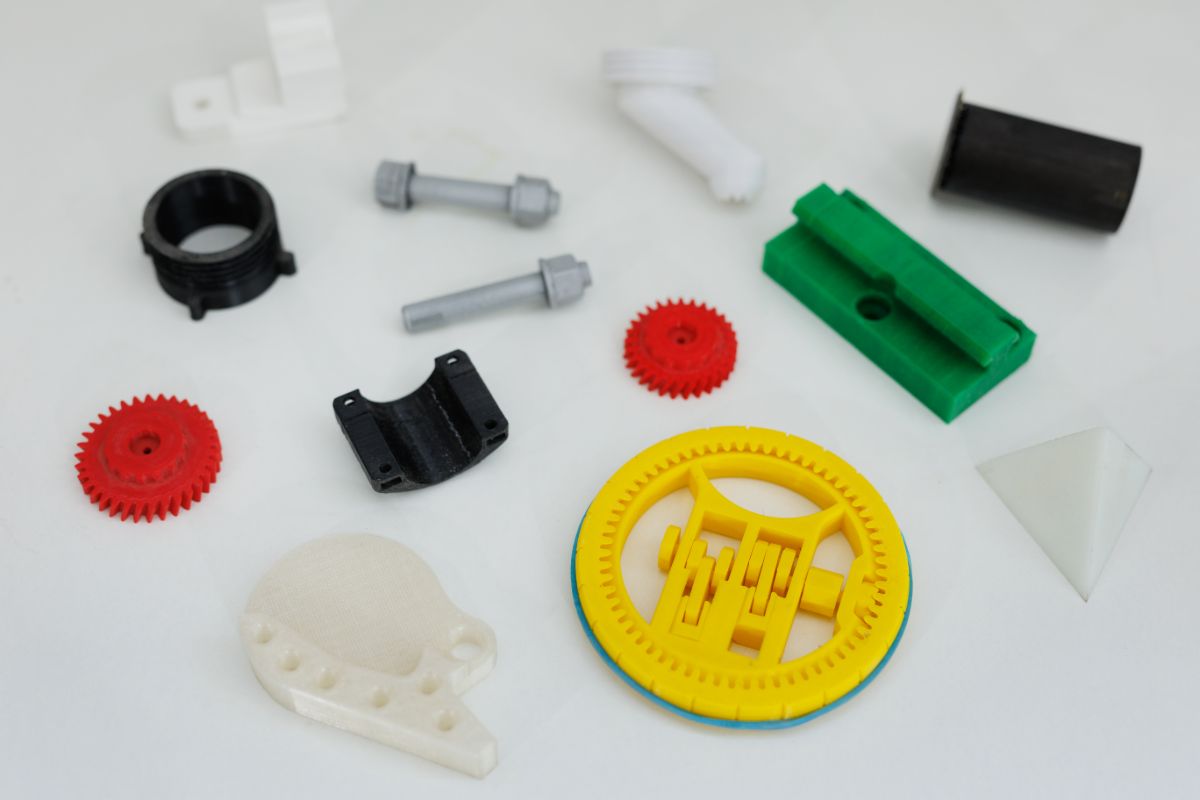How is plastic used in the transportation industry?
- Automotive Parts and Accessories
- Aeronautic Parts and Components
- Ship and Boat Hulls
Over the past few decades, there have been few materials that offer the versatility that plastic is able to provide. Being used in a wide variety of industries such as transportation, plastic has become a highly valued material. It helps create a diverse array of products and parts that offer the best quality and performance. With an increasing number of industries and companies looking to integrate plastic into their products, the material remains integral to various projects, innovations, and future developments.
How is plastic used in the transportation Industry?
One of the industries that has made use of plastic materials is the transportation industry. Plastic has become important in developing new innovations and technologies. Its versatility has enabled these industries to create new products and solutions.
Transportation has helped move people and objects across vast distances over the past few decades. The use of plastic is seen as a crucial element for further developments. Here are some of the many ways plastic is used in the transportation industry:
Automotive
The automotive industry has been one of the heaviest users of metals, with a lot of parts being made out of different kinds of steel and other types. With more companies looking to improve the performance of their vehicles, the use of plastic is seen as the best substitute. Common ways that plastic has been used in the automotive industry are to create bumpers, steering wheels, shift panels, and even audio components.
Along with these parts, plastic has also been used as a lighter substitute for a number of other parts. These include hoods, spoilers, seating, and even car batteries. The use of plastic in the automotive industry has been widespread and has led to improvements in performance and vehicle longevity. With the automotive industry looking to make more improvements in the coming years, the use of plastic would be integral in their development.
Aeronautic
The aeronautics industry has been at the forefront when it comes to creating high-performance parts that have strength and flexibility. It is an industry well known for its use of lightweight and durable materials. Weight is an important element in the aeronautics industry. Modern aircraft are designed to have the speed and aerodynamics needed to perform well.
This is where the use of plastic comes in. Companies would be able to replace certain metal parts in an aircraft with plastic without compromising durability and performance. When it comes to aerodynamics, plastic parts can be molded and shaped easily, helping create parts that can be used in an aircraft’s flying components. Examples of parts created using plastic in the aeronautics industry include wing panels, seating, galleys, bulkheads, nacelles, flaps, and rotor blades.
Marine
Ship and boat building is one of the oldest industries in the world. It has over centuries of development and innovation under its belt. Over the many years, ships and boats have been predominantly made using both wood and steel. While these materials provide great strength and performance, the need for lighter and more versatile materials persisted. This led to the use of plastic for seafaring vessels, which has become popular for smaller boats, yachts, and even bigger ships.
Plastic has been used to develop boat hulls, sails, rudders, lifeboats, propellers, and even navigational equipment. Shipbuilding and boat building are long-standing industries that have constantly made use of different materials over many years. The use of plastic is another component that aims to push the industry further.
Advantages of Using Plastic in Transportation
Plastic has become an integral material in the transportation industry. That is because of the many advantages that it provides over conventional materials such as steel and wood. With these benefits helping pave the way towards innovation and development, here are some of the benefits of using plastic in the transportation industry.
Long-lasting and durable
One of the distinct advantages of using plastic is that it is a material that is long-lasting and durable. Plastic has always been known to withstand a great amount of wear and tear. It is also known to be resistant to different kinds of liquids as well as various forms of impact. It has a lifespan that can last for years. Durability has been a constant need for numerous types of equipment and machinery, which is why plastic is a material that is sought after.
Lightweight material
Along with being very durable, plastic is also lighter compared to other materials. The lightness of plastic helps lessen the overall weight of vehicles. This allows them to perform better and move faster. This can also speed up the manufacturing process as plastic is much easier to move around.
Key Takeaway
Plastic has emerged as one of the most popular materials to use in a large number of industries, especially in the transportation industry. By identifying the different industries along with their distinct advantages, you will be able to see how plastic has greatly affected the world of transportation.













